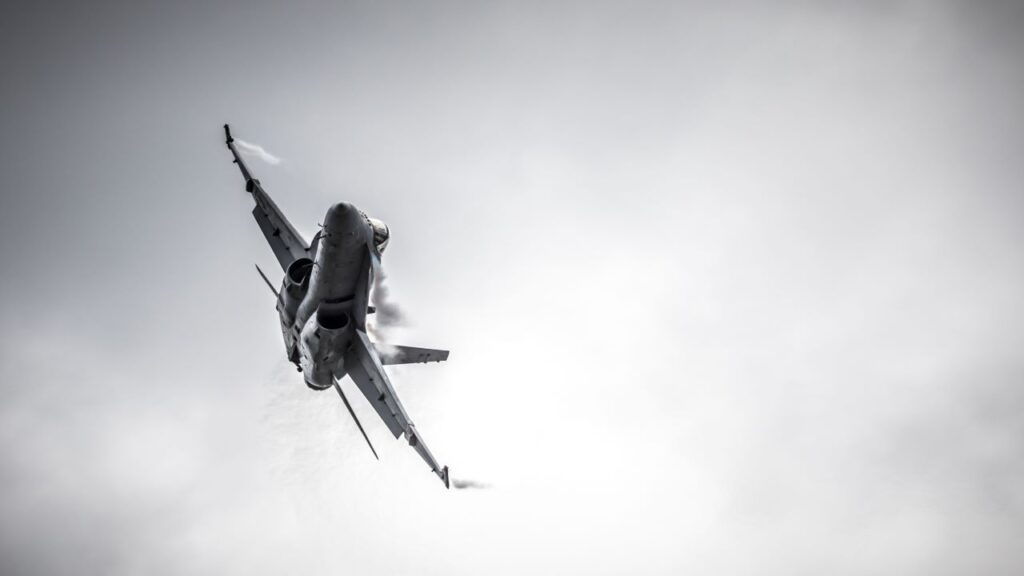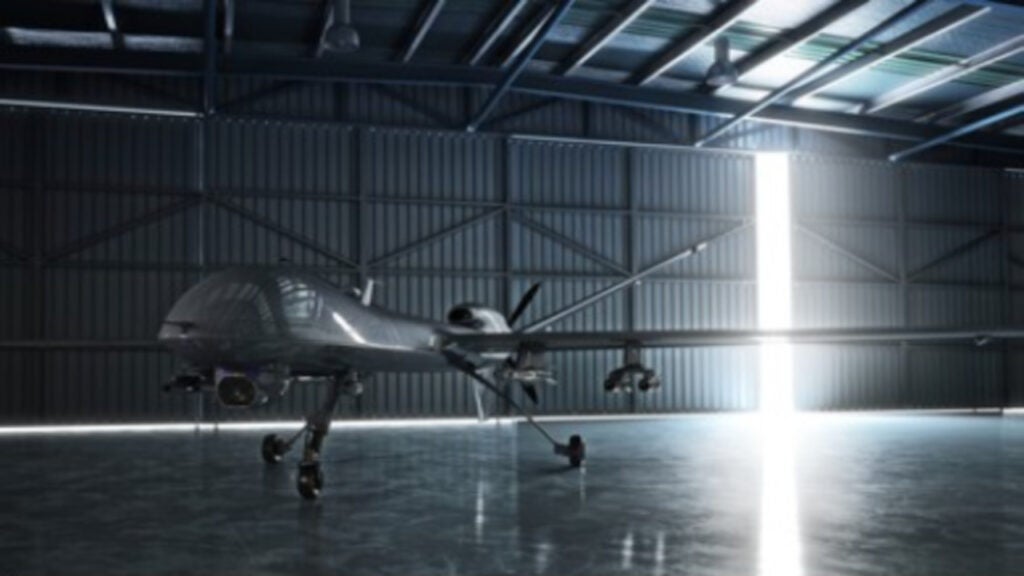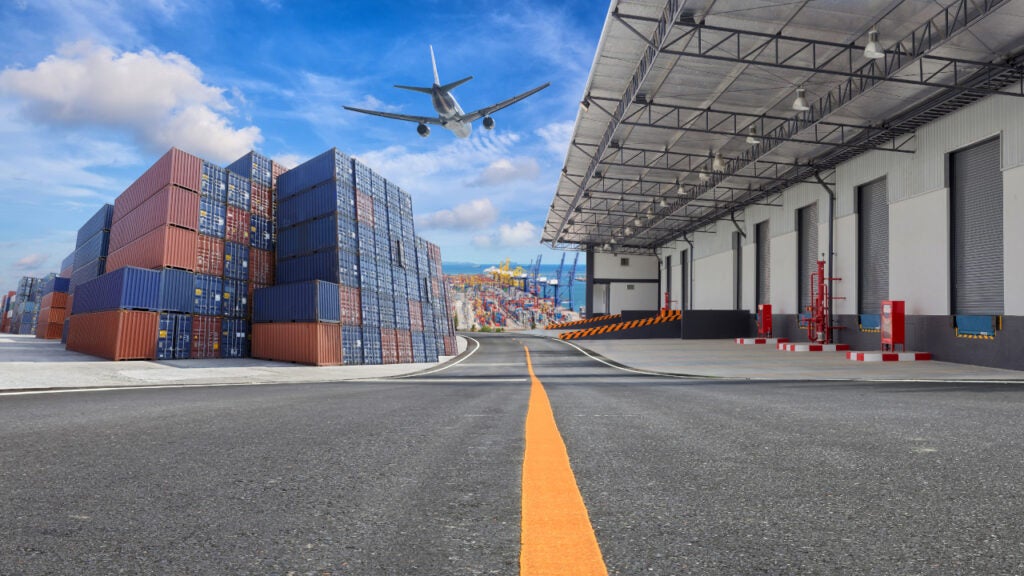The aerospace and defence industry continues to be a hotbed of innovation, with activity driven by the continuous need for modernisation and the growing importance of emerging technologies, such as artificial intelligence and unmanned systems. In the last three years alone, there have been over 174,000 patents filed and granted in the aerospace and defence industry, according to GlobalData’s report on Internet of Things in Aerospace, Defence & Security: Parachutes integrated with unmanned aircrafts.
However, not all innovations are equal and nor do they follow a constant upward trend. Instead, their evolution takes the form of an S-shaped curve that reflects their typical lifecycle from early emergence to accelerating adoption, before finally stabilising and reaching maturity.
Identifying where a particular innovation is on this journey, especially those that are in the emerging and accelerating stages, is essential for understanding their current level of adoption and the likely future trajectory and impact they will have.
180+ innovations will shape the aerospace and defence industry
According to GlobalData’s Technology Foresights, which plots the S-curve for the aerospace and defence industry using innovation intensity models built on over 262,000 patents, there are 180+ innovation areas that will shape the future of the industry.
Within the emerging innovation stage, aircraft powertrain controls, remote controlled drones, and aircraft anti-collision systems are disruptive technologies that are in the early stages of application and should be tracked closely. UAV swarm control, lidar for vehicle anti-collision, and satellite image smoothing techniques are some of the accelerating innovation areas, where adoption has been steadily increasing. Among maturing innovation areas are sensor-guided aiming assists and aircraft flight control systems, which are now well established in the industry.
Innovation S-curve for Internet of Things in the aerospace and defence industry

Parachutes integrated with unmanned aircraft is a key innovation area in Internet of Things
Drone parachute is an emergency rescue system for any unmanned aerial system (UAS), such as fixed-wing and vertical take-off and landing (VTOL) aircraft. It minimises the impact and averts any harm to the people and objects present on the ground, in case of a crash.
GlobalData’s analysis also uncovers the companies at the forefront of each innovation area and assesses the potential reach and impact of their patenting activity across different applications and geographies. According to GlobalData, there are 10+ companies, spanning technology vendors, established aerospace and defence companies, and up-and-coming start-ups engaged in the development and application of parachutes integrated with unmanned aircraft.
Key players in parachutes integrated with unmanned aircraft – a disruptive innovation in the aerospace and defence industry
‘Application diversity’ measures the number of different applications identified for each relevant patent and broadly splits companies into either ‘niche’ or ‘diversified’ innovators.
‘Geographic reach’ refers to the number of different countries each relevant patent is registered in and reflects the breadth of geographic application intended, ranging from ‘global’ to ‘local’.
Among aerospace and defence companies, Israel Aerospace Industries is the leading patent filer in parachutes integrated with unmanned aircraft. The company produces a range of military-use unmanned aerial platforms, such as the BirdEye 650 and BirdEye 650D man-portable drones, which can be launched by a mini-launcher. They provide real-time ISR capabilities at the tactical level to the military and law enforcement personnel. Equipped with parachute recovery system, the drones can be recovered and delivered to operators after a mission without incurring damage to be used in the next mission. Other key patent filers include Textron and Drone Rescue Systems.
In terms of application diversity, Textron leads the pack, followed by Boeing and Israel Aerospace Industries in the second and third positions, respectively. By geographic reach, Israel Aerospace Industries holds the top position, followed by Drone Rescue Systems, Textron, and ST DJI in the second, third and fourth positions, respectively.
Parachutes integrated with drones are primarily used in the industry to reduce damage to small UAS and quadcopters following a failure. The system limits damage to the drone and payload and ensures a degree of safety for people and property on the ground. The commercial use of small UAS and quadcopters for recreational activity have become more widespread, increasing the need to limit damage to drones and for overall safety. Governments may even take regulatory action to ensure the safety of ground-bound bystanders. The development of parachutes for unmanned aircraft is likely to become more pressing in this context.
To further understand how Internet of Things is disrupting the aerospace and defence industry, access GlobalData’s latest thematic research report on Thematic Research - Internet of Military Things.




